How to Care & Clean Tapestries
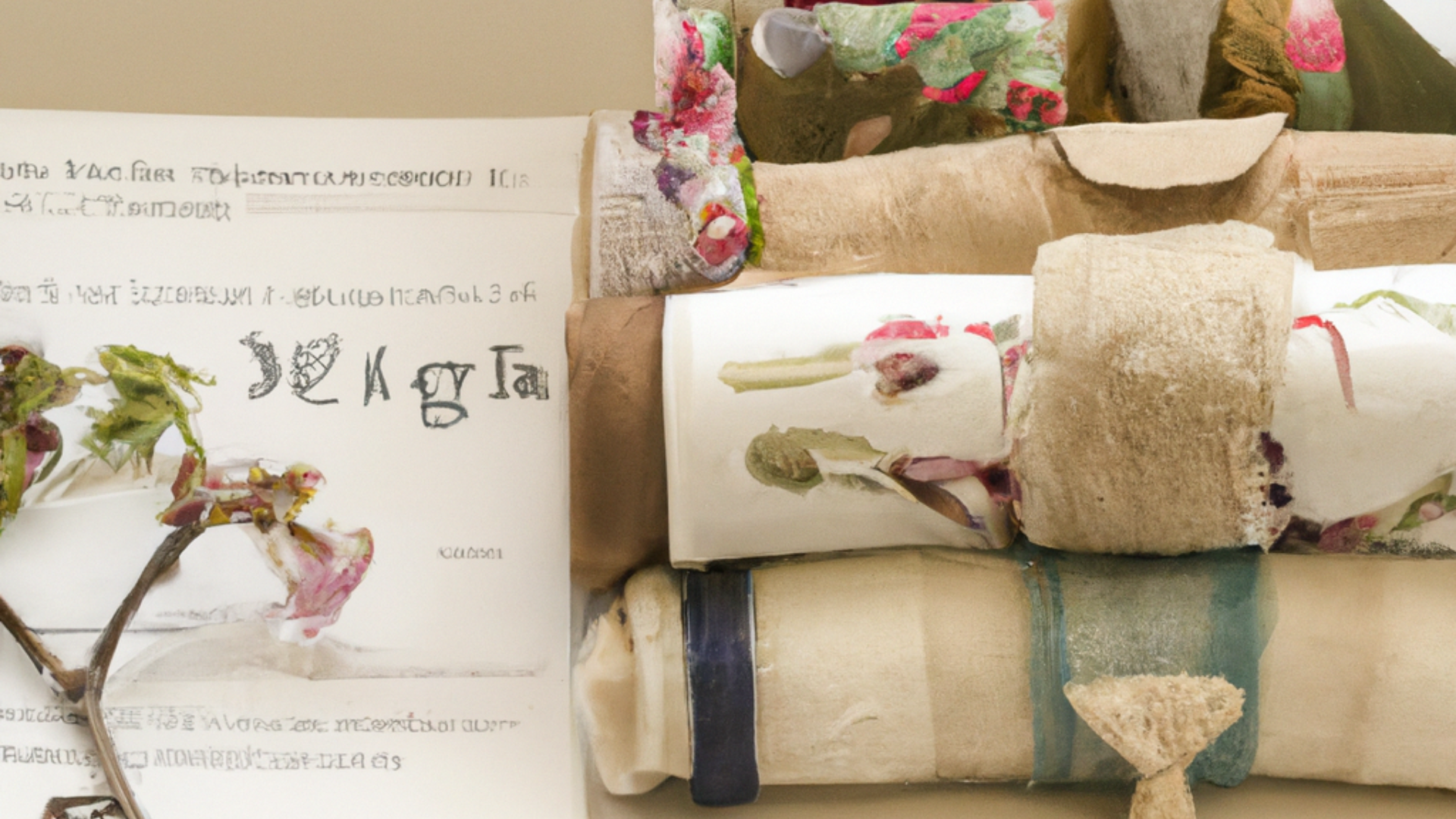
Caring for Your Tapestry: A Comprehensive Guide to Cleaning and Maintenance
Tapestries have adorned walls for centuries, adding beauty, warmth, and character to any space. Whether you have a vintage tapestry passed down through generations or a modern piece that caught your eye at a local market, these textile artworks require special care to ensure they remain vibrant and pristine for years to come.
In this comprehensive guide, we’ll delve deep into the world of tapestry care, offering detailed insights and expert tips on how to clean, maintain, and preserve these intricate works of art. From gentle dusting to tackling stubborn stains, let’s explore the best practices for caring for your tapestry.
Understanding Your Tapestry
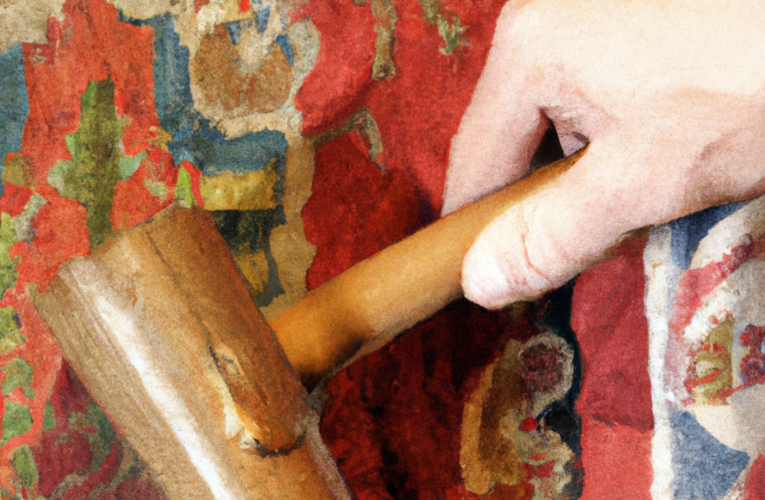
Before diving into cleaning methods, it’s crucial to understand the type of tapestry you have. Tapestries come in various materials such as wool, cotton, silk, or a blend of these fibers. Additionally, some tapestries may incorporate delicate embellishments like beads or metallic threads.
Check the Label
If your tapestry came with a label or care instructions, this is your first point of reference. Manufacturers often provide specific guidelines for cleaning and maintenance. Look for symbols or instructions related to washing, drying, and ironing.
Material Matters
Wool: Wool tapestries are durable and resilient, making them easier to clean. They can often withstand gentle washing.
Cotton: Cotton tapestries are also relatively easy to care for. They can usually be hand or machine washed with mild detergent.
Silk: Silk tapestries are delicate and require the utmost care. These should typically be dry cleaned or spot cleaned only.
Regular Maintenance
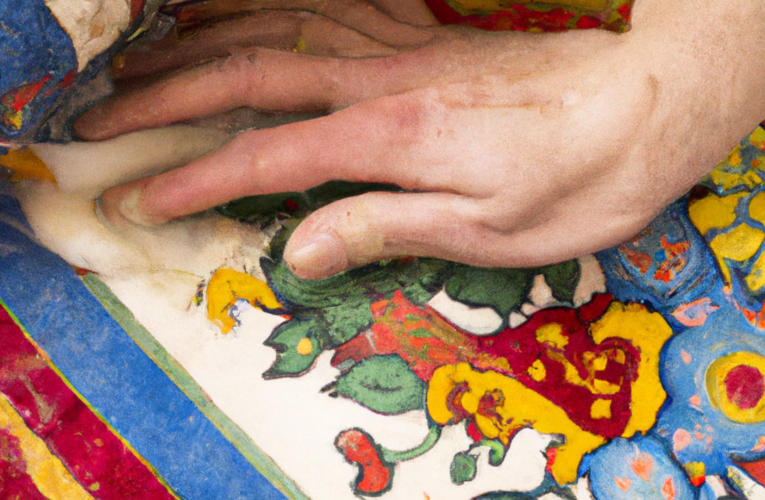
Dusting
Dust can accumulate on tapestries, especially if they are hanging in high-traffic areas. Regular dusting helps prevent dirt from embedding into the fibers and keeps your tapestry looking fresh.
- Use a soft-bristled brush or a vacuum cleaner with a brush attachment.
- Gently brush in the direction of the weave to remove dust and debris.
- Avoid using excessive force, especially on delicate tapestries.
Rotation
To ensure even exposure to light and wear, consider rotating your tapestry every few months. This prevents one area from fading or wearing out more quickly than others. If your tapestry is hung in direct sunlight, rotation becomes even more critical to prevent sun damage.
Cleaning Techniques

Spot Cleaning
For small stains or spots, spot cleaning is often the safest approach. Here’s how to do it:
Blotting: Use a clean, white cloth or paper towel to blot the stain gently. Avoid rubbing, as this can spread the stain.
Mild Detergent: Mix a small amount of mild detergent with water.
Testing: Before applying to the stain, test the solution on an inconspicuous area of the tapestry to ensure it doesn’t cause damage.
Application: Apply the detergent solution to the stain using a clean cloth or sponge. Gently dab at the stain until it lifts.
Rinsing: Use a damp cloth to rinse the area, then blot with a dry cloth to remove excess moisture.
Hand Washing
For tapestries that can be hand washed, follow these steps:
Fill a Bathtub or Large Sink: Use lukewarm water and a small amount of mild detergent suitable for delicate fabrics.
Submerge the Tapestry: Gently submerge the tapestry in the water, swishing it around to loosen dirt.
Soak: Allow the tapestry to soak for a short time, but avoid prolonged soaking, especially for wool tapestries.
Rinse: Drain the soapy water and refill with clean, lukewarm water to rinse the tapestry thoroughly.
Drying: Lay the tapestry flat on a clean, dry towel. Roll the towel and tapestry together to remove excess water. Then, lay the tapestry flat to air dry. Avoid hanging it while wet, as this can cause stretching.
Machine Washing
Some tapestries, particularly those made of cotton, may be safe for machine washing. Here’s how to proceed:
Use a Gentle Cycle: Select a delicate or gentle cycle on your washing machine.
Mild Detergent: Add a small amount of mild detergent suitable for delicate fabrics.
Cold Water: Use cold water to prevent shrinkage or damage to fibers.
Mesh Bag: Place the tapestry in a mesh laundry bag to protect it during the wash cycle.
Air Dry: After washing, air dry the tapestry by laying it flat on a clean towel.
Dealing with Specific Stains
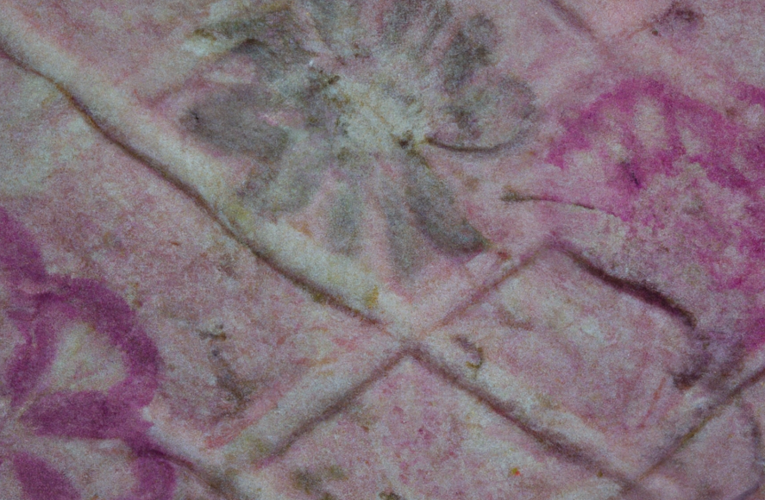
Wine, Coffee, or Tea Stains
- Blot the stain with a clean cloth to absorb excess liquid.
- Mix mild detergent with cold water and gently dab at the stain.
- Rinse with clean water and blot dry.
Grease or Oil Stains
- Sprinkle cornstarch or talcum powder on the stain and let it sit for a few hours to absorb the oil.
- Gently brush off the powder, then proceed with spot cleaning using mild detergent and water.
Ink Stains
- Place a clean cloth under the stain to prevent it from spreading.
- Apply rubbing alcohol to the stain using a cotton ball.
- Blot the stain until it lifts, then rinse with water and blot dry.
Storage Tips
Clean Before Storage
Before storing your tapestry, ensure it is clean and completely dry. Any moisture left can lead to mold or mildew growth.
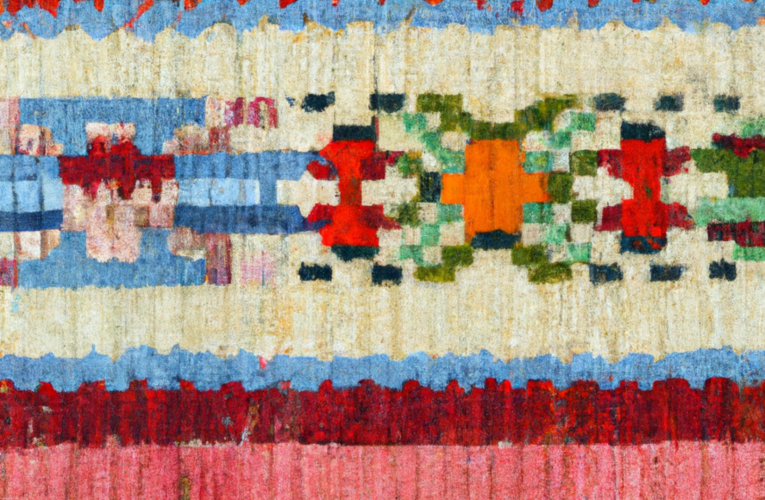
Roll, Don't Fold
Avoid folding your tapestry, as this can create creases that are difficult to remove. Instead, roll the tapestry loosely with acid-free tissue paper to cushion it.
Avoid Sunlight and Moisture
Store your tapestry in a cool, dry place away from direct sunlight. Sunlight can cause colors to fade, while moisture can lead to mold or mildew.
Periodic Inspection
Check on your stored tapestries periodically to ensure they remain in good condition. If you notice any signs of damage or pests, take action immediately.
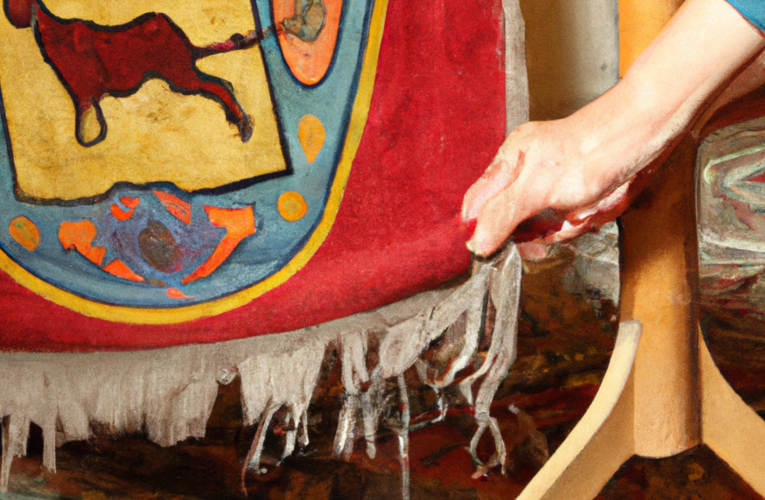
Caring for your tapestry is not only about preserving its beauty but also about respecting the craftsmanship and artistry behind it. By following these cleaning and maintenance tips, you can ensure that your tapestry remains a focal point of your decor for years to come.
Remember, each tapestry is unique, so always test cleaning methods on a small, inconspicuous area first. When in doubt, it’s often best to consult with a professional cleaner who specializes in tapestries. With proper care, your tapestry will continue to inspire and delight, weaving stories and memories into the fabric of your home. So, embark on this journey of caring for your tapestry, and let it grace your walls with elegance and splendor for generations to come.





